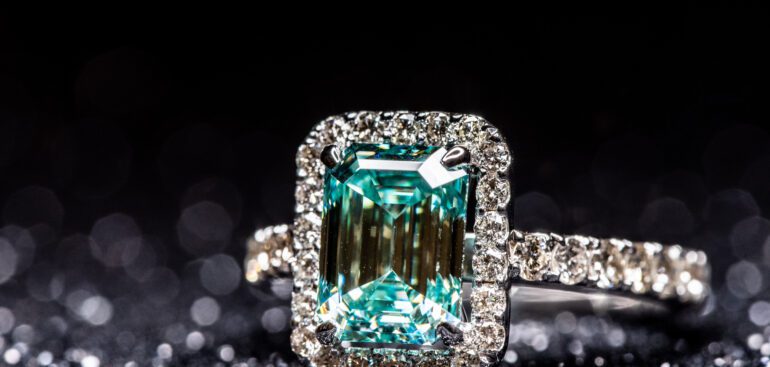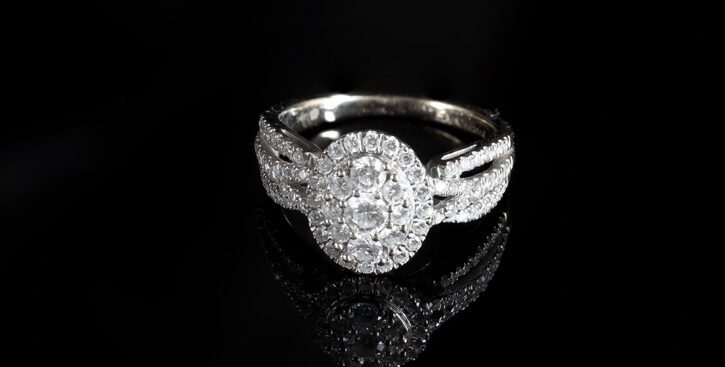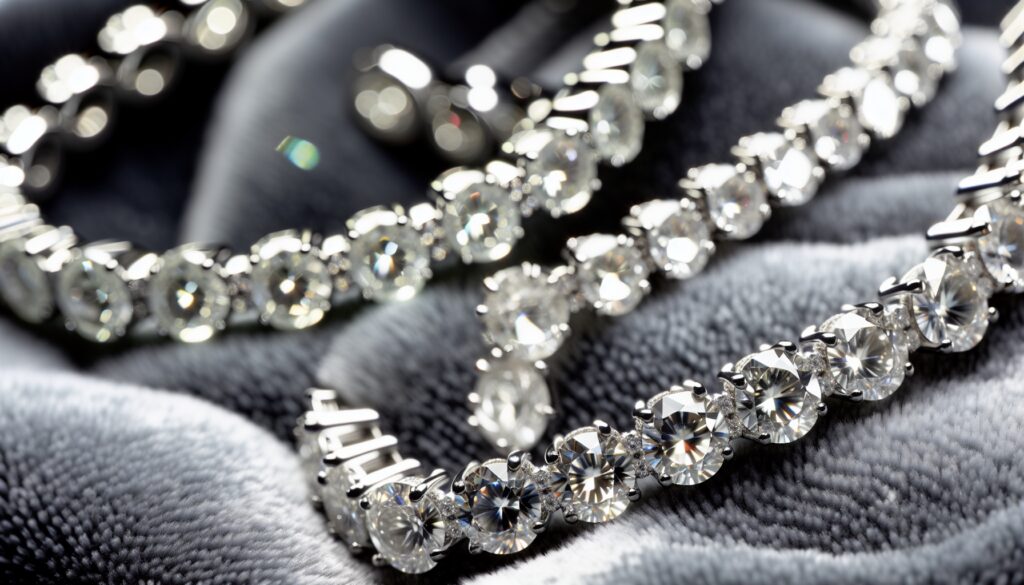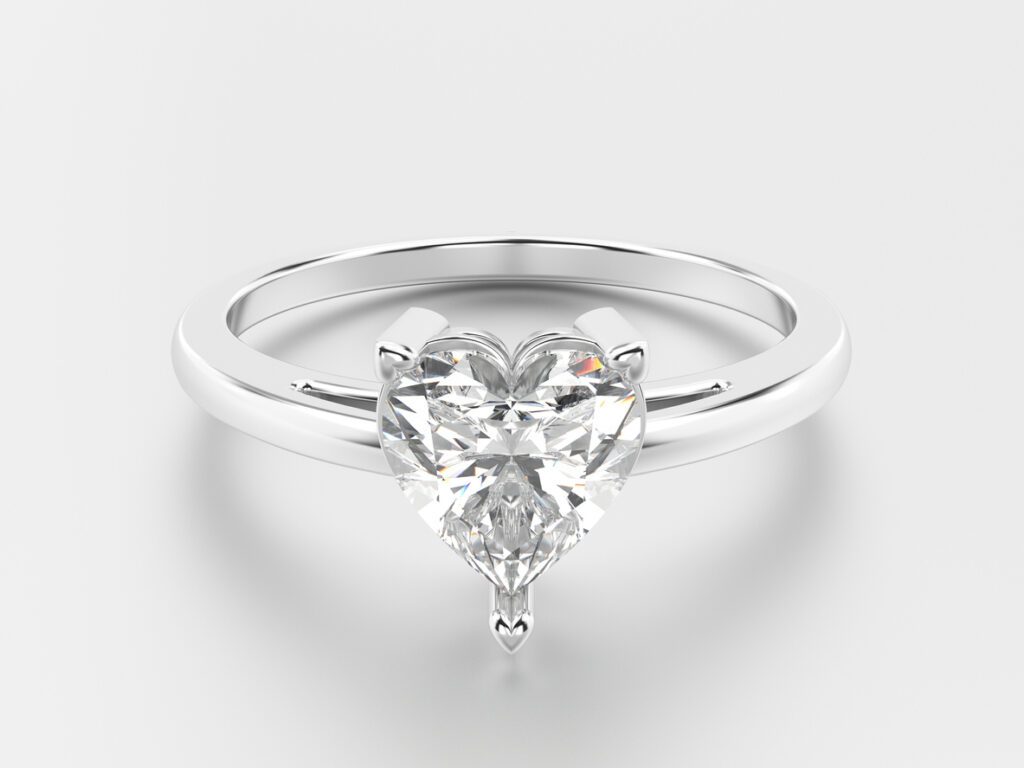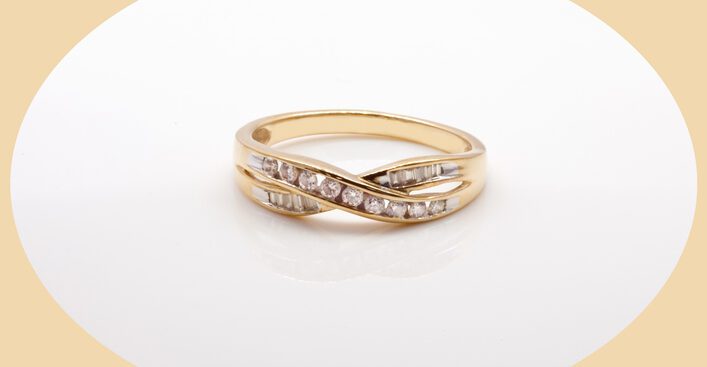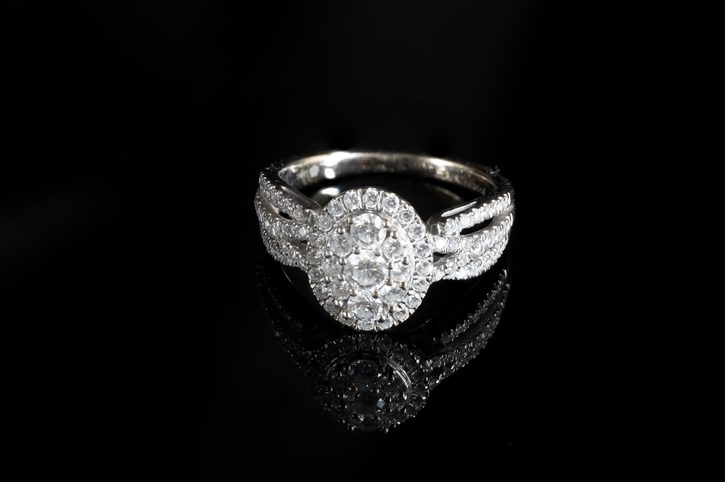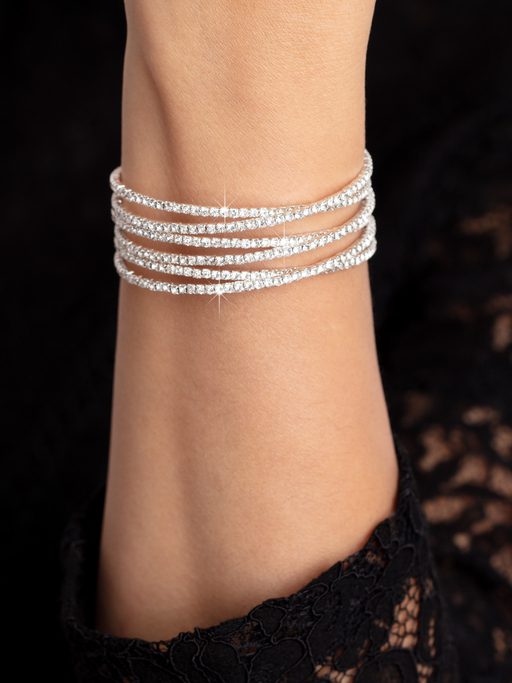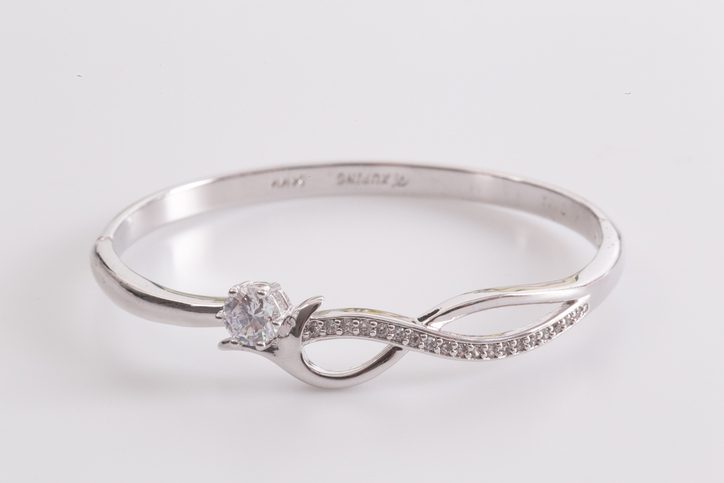In today’s economic landscape, even individuals with significant assets can encounter financial challenges requiring quick access to cash. Whether it’s an unexpected expense, an urgent investment opportunity, or a temporary cash flow problem, finding a fast, reliable solution is critical. Pawn loans offer a practical way to unlock the value of your belongings without the need to sell them outright. At R&J Jewelry and Loan in San Jose, CA, we specialize in helping you make the most of your assets by providing transparent and accessible pawn loan services. Let’s delve into how pawn loans work, their advantages, potential risks, and tips to ensure you maximize their benefits.
Why Pawn Loans Are a Smart Choice for Asset-Rich Individuals
For those who have valuable possessions, pawn loans are a convenient way to access immediate funds without the lengthy processes and stringent requirements of traditional bank loans. Here are some reasons why pawn loans can be a smart financial solution:
Fast Access to Cash
One of the standout benefits of pawn loans is the speed of the transaction. At R&J Jewelry and Loan, we evaluate your item’s value on-site and provide you with cash in minutes. Whether you’re facing a financial emergency or simply need liquidity, our process ensures you’re not left waiting.No Credit Checks Required
Unlike traditional lenders, we don’t assess your credit history or financial background. Instead, the loan amount is determined by the intrinsic value of the item you’re pawning, making it an inclusive solution for individuals with varying credit scores.Retain Ownership of Your Valuables
Pawn loans allow you to borrow money without permanently parting with your cherished belongings. Once the loan and associated fees are repaid, your item is returned to you. This feature is ideal for those who need short-term funds but want to retain ownership of heirlooms, collectibles, or luxury items.Flexible Loan Terms
At R&J Jewelry and Loan, we work with you to structure repayment terms that fit your needs. Our goal is to help you regain your item without undue financial strain.Discreet and Confidential Transactions
We understand the importance of privacy in financial matters. Our pawn loan process is conducted with discretion, ensuring your transaction remains confidential.
How Pawn Loans Work
Understanding the pawn loan process can help you make informed decisions. Here’s a step-by-step overview:
Bring in Your Item
Visit our San Jose location with an item of value, such as jewelry, electronics, luxury watches, or collectibles. The item should be in good condition, and having supporting documentation (e.g., certificates of authenticity) can enhance its appraised value.Appraisal and Loan Offer
Our experienced appraisers evaluate your item’s worth based on its condition, market demand, and intrinsic value. Based on this assessment, we present you with a loan offer.Agreement and Disbursement
If you accept the offer, we finalize a loan agreement outlining the terms, interest rates, and repayment timeline. Once the paperwork is complete, you’ll receive your cash immediately.Repayment and Redemption
When you repay the loan, including any applicable fees, your item is returned to you in the same condition as when it was pawned. If you’re unable to repay, the pawnshop retains the item to recover the loan amount.
Items We Commonly Accept at R&J Jewelry and Loan
Our pawn loan services cater to a wide range of high-value items. Some of the most common items we accept include:
Fine Jewelry: Gold, platinum, diamonds, and designer pieces. Jewelry often holds significant value, making it an excellent option for pawning.
Luxury Watches: Brands like Rolex, Cartier, and Omega are highly sought after and typically fetch competitive loan amounts.
Electronics: High-demand gadgets such as smartphones, tablets, laptops, and gaming consoles.
Collectibles and Memorabilia: Rare coins, sports memorabilia, stamps, and other unique items with proven value.
Artwork: Original paintings, sculptures, and limited-edition prints from renowned artists.
By bringing items that are well-maintained and accompanied by any relevant documentation, you can ensure a higher appraisal value and better loan terms.
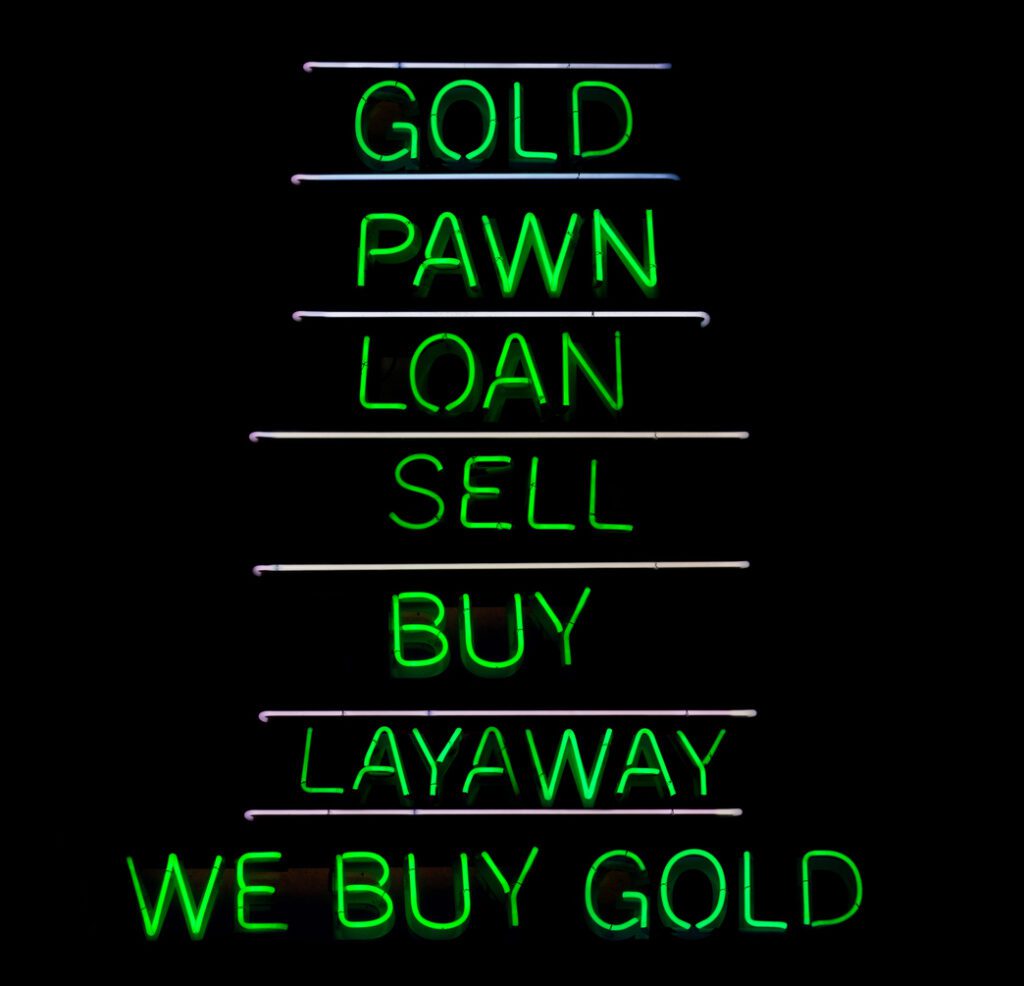
Evaluating Your Items: Tips for Maximizing Value
Before bringing in an item for a pawn loan, take these steps to maximize its value:
Research Market Trends: Look up current market prices for similar items to understand their approximate value. This knowledge gives you a solid foundation for negotiation.
Clean and Repair: Presenting your item in the best possible condition can significantly enhance its appraisal value. For example, clean jewelry or polish a watch before bringing it in.
Gather Documentation: Certificates of authenticity, receipts, or original packaging can boost your item’s perceived value.
Understand Seasonal Demand: Some items, such as electronics or musical instruments, may command higher values during specific times of the year. Timing your transaction strategically can yield better offers.
Choose the Right Pawnshop: Selecting a reputable pawnshop, like R&J Jewelry and Loan, ensures you receive fair appraisals and transparent terms.
Mitigating the Risks of Pawn Loans
While pawn loans are a convenient financial tool, it’s important to understand and manage potential risks:
Losing Your Item
If you’re unable to repay the loan within the agreed timeframe, the pawnshop may sell your item to recover its costs. Planning your repayment schedule carefully can help avoid this outcome.High Interest Rates
Pawn loans often come with higher interest rates compared to traditional loans. Ensure you’re clear on all fees and costs before signing the agreement.Emotional Value
Consider the sentimental attachment to your item. While you retain the right to reclaim it, pawning a treasured possession should be a well-thought-out decision.
At R&J Jewelry and Loan, we prioritize transparency and customer satisfaction, ensuring you fully understand the terms of your loan and can make an informed decision.
Frequently Asked Questions About Pawn Loans
How much can I borrow?
The loan amount depends on the appraised value of your item. Typical loans range from a few hundred to several thousand dollars.
What happens if I don’t repay the loan?
If the loan isn’t repaid, the pawnshop retains the item and sells it to recover the loan amount. There are no additional penalties or impact on your credit score.
Can I extend my loan?
Yes, in many cases, loan terms can be extended by paying the accrued interest and agreeing to new terms. Speak with our team to explore your options.
Do pawn loans affect my credit score?
No, pawn loans do not involve credit checks and are not reported to credit bureaus. This makes them a low-risk option for obtaining quick cash.
Can I pawn multiple items at once?
Absolutely. You can bring in multiple items to secure a larger loan, provided each item meets our appraisal criteria.
Making the Most of Pawn Loans at R&J Jewelry and Loan
Pawn loans are more than just a financial lifeline; they’re a strategic way to leverage your assets for immediate needs. At R&J Jewelry and Loan, our commitment to providing fair valuations, transparent terms, and exceptional customer service sets us apart. Whether you’re pawning fine jewelry, luxury watches, or unique collectibles, we’re here to help you unlock their value while ensuring your experience is seamless and stress-free.
Visit us at our San Jose location or start the process online today. Let us show you why R&J Jewelry and Loan is the trusted choice for pawn loans in the Bay Area.

